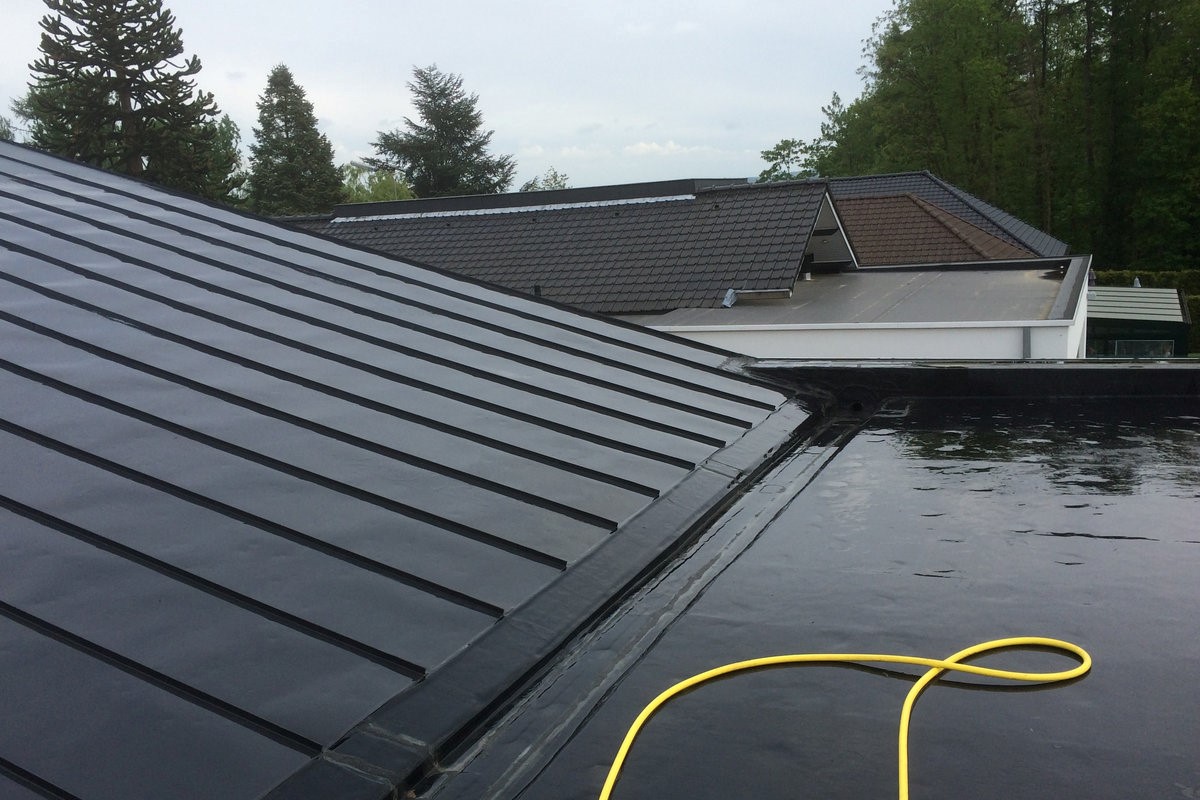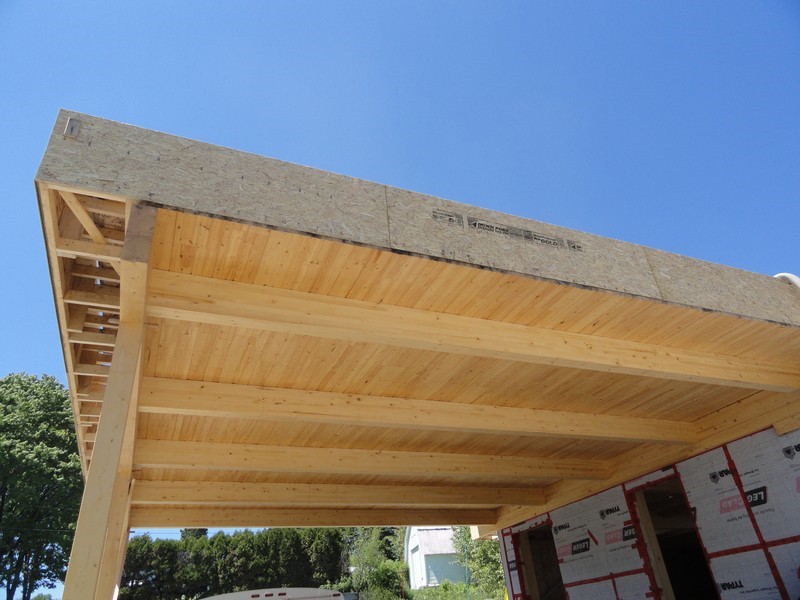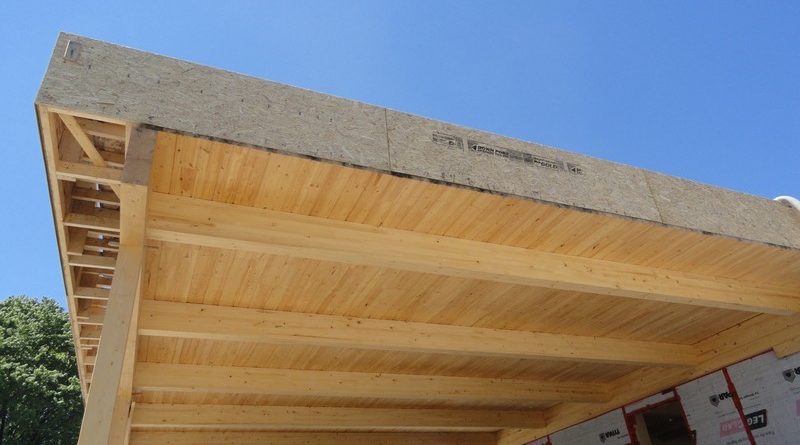The terminology surrounding flat roofing
As a homeowner, if you decide that a flat roof is the best solution for an area of your home, you may be confused with the type of flat roof you need in terms of the technical lingo. Do not be put off by a variety of industry jargon surrounding flat roofs because they are relatively easy. Here are some of the different terms you might come across:
Reinforced Bituminous Membrane
It sounds complex but actually only refers to the 2 or 3 layers of waterproof and flexible materials, such as felt which is rolled up and fixed together with hot asphalt to form a waterproof cover. Flat roof types may require further materials above the membrane to protect it, such as shingle or gravel. This gives some weight, protects the roof from the wind, sun exposure and from anyone walking on it.
Structural Deck
This is the material that forms the roof. Ideally, this should be as strong as possible in order to avoid the possibility of sagging. The heaviest material is concrete but is not found in residential property very often. Most homeowners choose something such as plywood, oriented strand board or planks of wood, for example. The structural deck sits on top of the ceiling joists, which is a strong board holding it all together.

Tile
Some types of flat roofing are specially designed to walk on, such as a roof terrace or balcony. Thus, stronger materials will be needed. There are many different varieties of tiles, including rubber, asphalt, concrete, plastic and fibre cement. The roof must be strong enough to take the materials that are heavier, plus the weight of the person. For all your Bristol Flat Roofing needs, visit a site like Aqua Gard, fitters of Bristol Flat Roofing.
Ethylene Propylene Diene Monomer
A tricky one to say but this is a new type of rubber material that has recently come to market. Felt until now has been the primary material of choice but EPDM is stronger and more durable. It is available on a roll and provides a smooth and pleasing aesthetic finish as a roofing choice.

Single Ply
This membrane is a very robust, flexible polymer material made from substances such as PVC, for example. It is only a few millimetres thick and is available in 20m rolls. The membrane is secured by using special mechanical fasteners consisting of plastic pipe length including screws that penetrate the membrane and attach to the structural deck below.
Asphalt
It is one of the original materials used for building a flat roof. Felt bound to asphalt, rolled and then positioned with nails or cement. Some layers are required, with the top one that consists of weight such as gravel. Many people choose this option because it may be the cheapest, however, it is also one of a kind which would have to be replaced most regularly.


